Softography
Released games that I've worked on over the past six years

Rogue Trooper Redux
October 2017
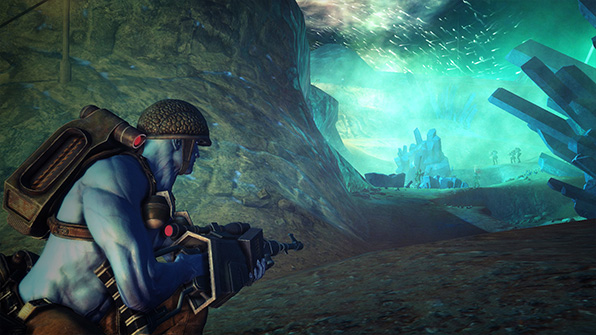
Rogue Trooper Redux
October 2017
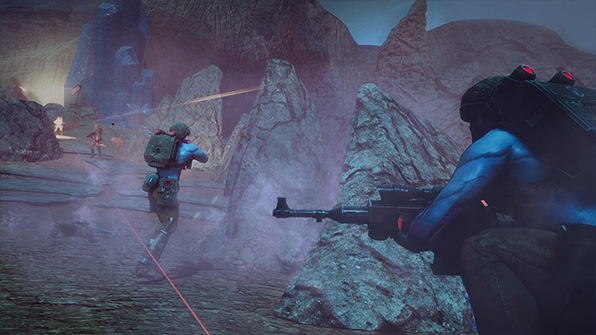
Rogue Trooper Redux
October 2017
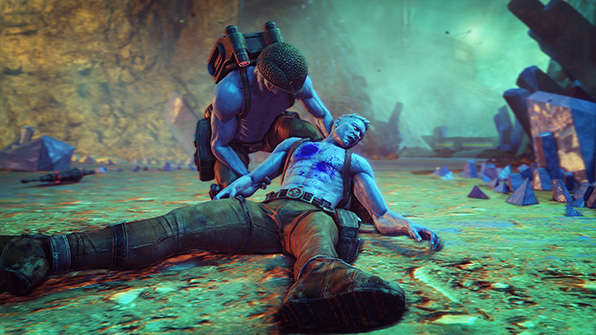
Rogue Trooper Redux
October 2017

LEGO Minifigures Online
September 2015

Frozen Synapse Prime
August 2015
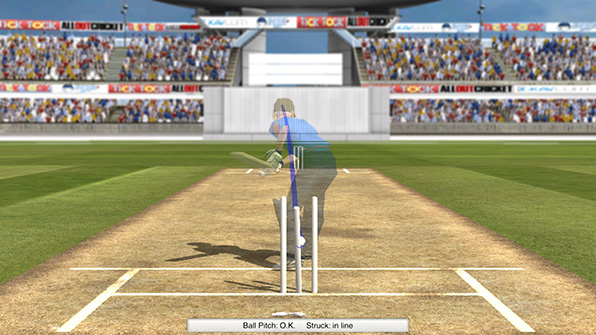
Cricket Captain 2015
August 2015

Cricket Captain 2015
June 2015
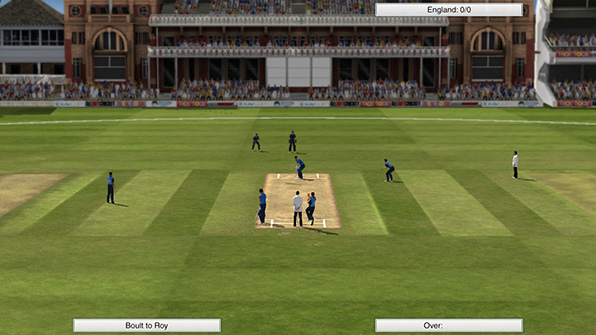
Cricket Captain 2015
June 2015
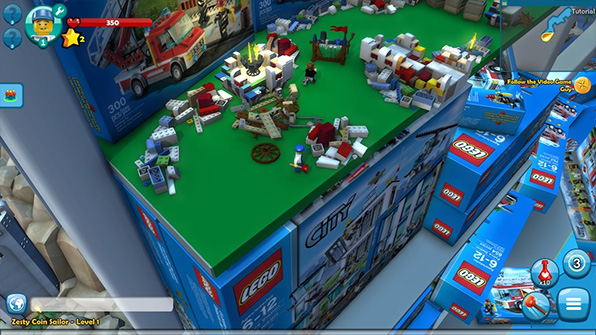
LEGO Minifigures Online
June 2015
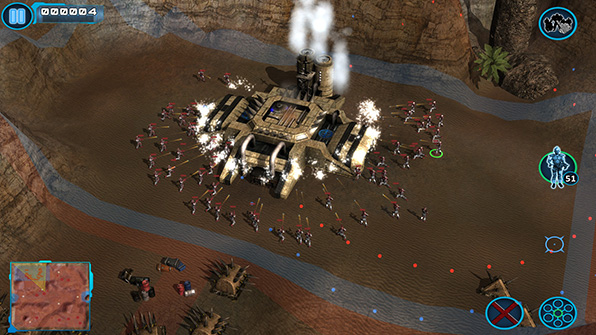
Z Steel Soldiers
April 2015
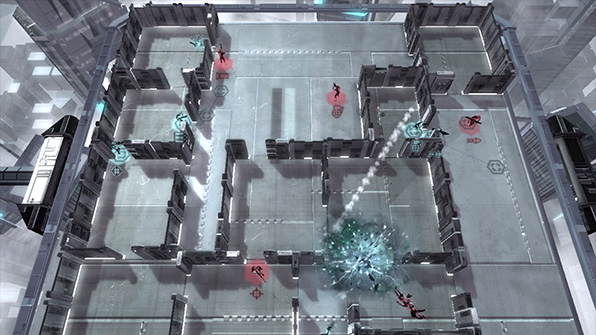
Frozen Synapse Prime
March 2015

Burn Zombie Burn
December 2014
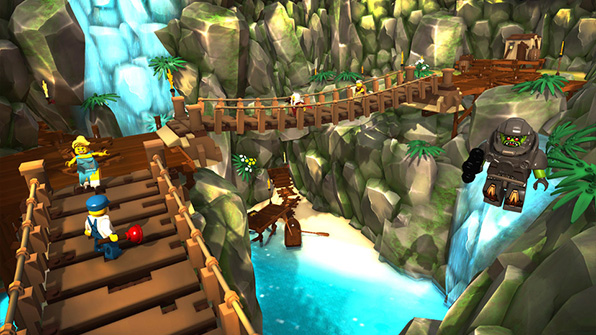
LEGO Minifigures Online
December 2014

Z Steel Soldiers
August 2014
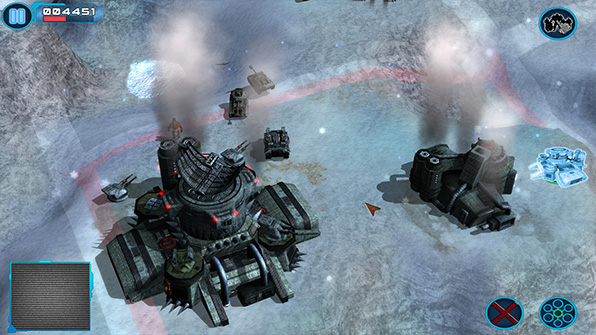
Z Steel Soldiers
August 2014
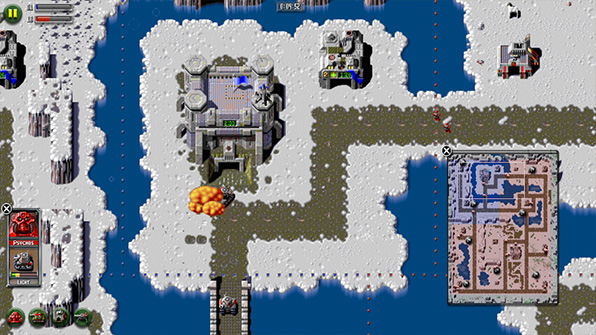
Z
July 2014
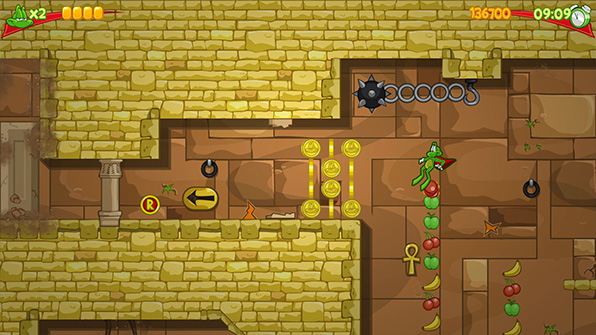
Superfrog HD
June 2014
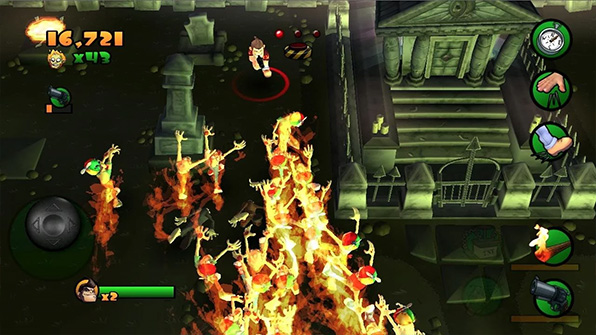
Burn Zombie Burn
May 2013
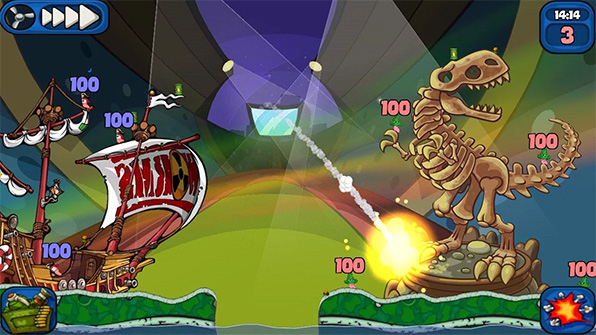
Worms 2: Armageddon
April 2013
I'm a professional game developer from Wakefield, England, working as a senior programmer for Rebellion North.
I'm a married father of five and I a also sometimes do Retroburn stuff.
Tags
2013 3d alphalabs amazon apple archivirtual asynchronous battlefield bad company 2 ben 10 bepu beta blackmagic design blog blue marble bootcamp borderlands bsp calibration charity charvel childsplay comments competition content tracker counter-strike crash csgo css3 cycling dear esther deferred deus ex develop conference direct x discipline documentation doom 3 bfg dpi dr bott eidos elite force email deliverability eurogamer expo facebook focus fresnel game development game horizon game republic gamedev games gaming geoip girls make games global offensive grid guitar half-life 2 hawken hd7 hobbyist htc humble indie bundle imac indie indie trials indietrials intensity pro ip-countryside iron man 3 jamulus rift jquery kids kinect launch conference left 4 dead live lost mac mac osx manchester manhacks mass effect 2 matrox maya minecraft mirrors edge montreal morrowind movies museum of the microstar music mxo2 mini mysql nausea network networking nokia normal mapping obj oculus rift omnitrix ouya pedal for pounds php physics playstation suite port25 portal portal 2 positron posters powermta project aedra project euler promotion properties proton pulse ps vita ps4 psn racer reddit rendering retroburn game studios reviews rift racer riftracer roadkill roller coaster sdl2 shadow racers sharks shoct skyrifters snds space cadet spam trap star trek steam stencyl storage super stock sd1 fr superhot team fortress 2 tesselating tesselation texture editor thunderbird thunderclap ticktock games tiga track builder track bulder trials tv twitter uk ultimatrix usergroup vequencer video vireio visual assist visual studio vorpx voucher vr vr cinema war thunder warren web willow windows 8 windows 8.1 windows phone 7 workbench wp7 wp7dev xbla xblig xblig network xbox xbox live indie games xna xnaukug xperia play zombies on the holodeck
Archive
November 2025 (2)
August 2018 (1)
March 2016 (1)
February 2016 (1)
November 2015 (1)
March 2015 (1)
February 2015 (2)
January 2014 (2)
June 2013 (4)
May 2013 (22)
February 2013 (1)
January 2013 (2)
July 2012 (1)
June 2012 (1)
March 2012 (1)
January 2012 (4)
December 2011 (1)
November 2011 (1)
October 2011 (2)
September 2011 (3)
July 2011 (1)
June 2011 (3)
April 2011 (2)
March 2011 (8)
February 2011 (3)
January 2011 (2)
December 2010 (4)
November 2010 (1)
August 2010 (2)
July 2010 (5)
June 2010 (6)
May 2010 (18)
April 2010 (4)
August 2018 (1)
March 2016 (1)
February 2016 (1)
November 2015 (1)
March 2015 (1)
February 2015 (2)
January 2014 (2)
June 2013 (4)
May 2013 (22)
February 2013 (1)
January 2013 (2)
July 2012 (1)
June 2012 (1)
March 2012 (1)
January 2012 (4)
December 2011 (1)
November 2011 (1)
October 2011 (2)
September 2011 (3)
July 2011 (1)
June 2011 (3)
April 2011 (2)
March 2011 (8)
February 2011 (3)
January 2011 (2)
December 2010 (4)
November 2010 (1)
August 2010 (2)
July 2010 (5)
June 2010 (6)
May 2010 (18)
April 2010 (4)
Links
Web
XNA
Aaron Stebner
Allen Pestaluky
Catalin Zima
George Clingerman
Jim Perry
Matt Pettineo
Michael Klucher
Nick Gravelyn
Petri Wilhelmsen
Popescu Alexandru-Cristian
Riemer Grootjans
Roy Triesscheijn
Sgt. Conker
Shawn Hargreaves
Tom Looman
XNA Content Tracker
XNA UK User Group
Allen Pestaluky
Catalin Zima
George Clingerman
Jim Perry
Matt Pettineo
Michael Klucher
Nick Gravelyn
Petri Wilhelmsen
Popescu Alexandru-Cristian
Riemer Grootjans
Roy Triesscheijn
Sgt. Conker
Shawn Hargreaves
Tom Looman
XNA Content Tracker
XNA UK User Group
Games
Email Deliverability
Sunday, November 8th 2015 / Blog
DPI Scaling in Windows with SDL2
I'm using SDL2 at the base of my own engine to help with cross platform compatibility at the lowest level. We're also using it at work for Z Steel Soldiers (and other games) and we had numerous reports of strange things happening which all sounded like DPI scaling issues to me.
On some machines our games would launch and appear to be clipped off-screen. So you'd only see the top left portion of the screen and couldn't select any buttons or elements that were off screen. The other issue was that the full screen would render, but the mouse would be trapped in the top left portion.
We ran some tests and figured out that changing Windows DPI scaling settings did have an effect and we could get the game in to a situation where it wouldn't fit on screen. We managed to fix this by setting the dpiAware flag in the Application Manifest via Visual Studio. We updated the game on Steam and had many players saying it fixed the issues they were having, but over time some people kept reporting issues on their machines.
I spent some time this morning testing various DPI scaling scenarios on my home machine and found that windows has two entirely different scaling mechanisms. One applies a scale to everything in the system (and was included in Vista, Windows 7, and Windows 8). Windows 8.1 and Windows 10 also include per-monitor DPI scaling (but confusingly still allow you to set the global scale too as per the older method).
It seems that setting the dpiAware flag within Visual Studio only fixed our problems when the player was using the older DPI scaling method. The newer one still results in larger-than-desired windows (which wouldn't fit on the screen). I found a link to some documentation that stated there were newer values which could be set in the manifest, so I tried setting them via Visual Studio. Nothing I entered in to the box had any effect on the resulting manifest, it would always just override and come out withtrue .
So I knocked up a small manifest and told Visual Studio to parse this in when creating the Application Manifest:
<?xml version="1.0" encoding="UTF-8" standalone="yes"?>
<assembly xmlns="urn:schemas-microsoft-com:asm.v1" manifestVersion="1.0">
<application xmlns="urn:schemas-microsoft-com:asm.v3">
<windowsSettings>
<dpiAware xmlns="http://schemas.microsoft.com/SMI/2005/WindowsSettings">True/PM</dpiAware>
</windowsSettings>
</application>
</assembly>
This successfully inserted the value True/PM in to the dpiAware tag, and now the game loads up and fills the screen regardless of what DPI scaling settings I have set on any of my monitors!
Now this issue isn't fully related to SDL2, it'll likely happen regardless of what framework you're using but since we relied on the information SDL2 was returning for window size and GL display size, we needed it to report the correct resolution information. With this single manifest setting these calls all return the proper pixel sizes we expect.
On some machines our games would launch and appear to be clipped off-screen. So you'd only see the top left portion of the screen and couldn't select any buttons or elements that were off screen. The other issue was that the full screen would render, but the mouse would be trapped in the top left portion.
We ran some tests and figured out that changing Windows DPI scaling settings did have an effect and we could get the game in to a situation where it wouldn't fit on screen. We managed to fix this by setting the dpiAware flag in the Application Manifest via Visual Studio. We updated the game on Steam and had many players saying it fixed the issues they were having, but over time some people kept reporting issues on their machines.
I spent some time this morning testing various DPI scaling scenarios on my home machine and found that windows has two entirely different scaling mechanisms. One applies a scale to everything in the system (and was included in Vista, Windows 7, and Windows 8). Windows 8.1 and Windows 10 also include per-monitor DPI scaling (but confusingly still allow you to set the global scale too as per the older method).
It seems that setting the dpiAware flag within Visual Studio only fixed our problems when the player was using the older DPI scaling method. The newer one still results in larger-than-desired windows (which wouldn't fit on the screen). I found a link to some documentation that stated there were newer values which could be set in the manifest, so I tried setting them via Visual Studio. Nothing I entered in to the box had any effect on the resulting manifest, it would always just override and come out with
So I knocked up a small manifest and told Visual Studio to parse this in when creating the Application Manifest:
<?xml version="1.0" encoding="UTF-8" standalone="yes"?>
<assembly xmlns="urn:schemas-microsoft-com:asm.v1" manifestVersion="1.0">
<application xmlns="urn:schemas-microsoft-com:asm.v3">
<windowsSettings>
<dpiAware xmlns="http://schemas.microsoft.com/SMI/2005/WindowsSettings">True/PM</dpiAware>
</windowsSettings>
</application>
</assembly>
This successfully inserted the value True/PM in to the dpiAware tag, and now the game loads up and fills the screen regardless of what DPI scaling settings I have set on any of my monitors!
Now this issue isn't fully related to SDL2, it'll likely happen regardless of what framework you're using but since we relied on the information SDL2 was returning for window size and GL display size, we needed it to report the correct resolution information. With this single manifest setting these calls all return the proper pixel sizes we expect.
0

